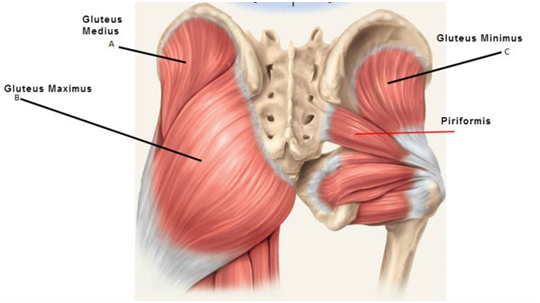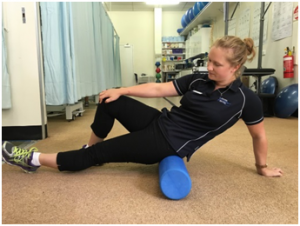- Walk 20-40 minutes per day most days of the week (McGill)
In a clinical study, individuals with back pain walked 20 – 40 minutes, 2-3 times a week for 6 weeks. They were assessed in a number of ways before and after, including a back and abdominal muscle endurance test, 6-minute walking test (distance covered in 6 minutes), measures of disability and low back pain.
All measures improved significantly, demonstrating the effectiveness of brisk walking.
- Dry Needling is the #1 recommended treatment in addition to physiotherapy for chronic low back pain
The evidence base for dry needling in various areas of physiotherapy has increased substantially over the past decade. In particular, research has grown to provide evidence-based support in the treatment of acute and chronic back and neck pain, tension headaches, pelvic girdle pain, knee osteoarthritis, lateral elbow pain and shoulder pain.
The treatment involves needling to altered or dysfunctional tissues in order to improve or restore function. This may include needling of myofascial trigger points, periosteum and other soft tissues.
-
 Clinical Pilates three times a week with walking is the most effective form of exercise for reducing low back pain
Clinical Pilates three times a week with walking is the most effective form of exercise for reducing low back pain
Programs that combine a cardiovascular component with spinal stability like Clinical Pilates are most beneficial.
Pilate’s treatment is proven to have better outcomes than a general exercise approach for anyone with low back pain.
- Self-Trigger point Gluteus Medius
How to trigger point: Use a foam roller or trigger point ball and move over the area;
- When you find a trigger point it should be very tender and painful. Apply pressure using your foam roller or trigger point ball, to a 7/10 pain score.
- Apply firm pressure in small sliding strokes, until the pain halves
- Do 6 – 12 strokes per trigger point each session (don’t overdo it). Repeat 6-12x a day.
- Once the trigger point eases you can experience immediate relief from your low back pain if you are stimulating the right points

How to find the gluteus medius points:
- Find the top of your hip bone (on your side) and lie with the meaty outer part of you buttock on the foam roller. You shouldn’t be facing the ceiling, but ¼ turn towards the side you are working on.
- See a Physiotherapist to understand the source of your pain
As clinicians, we deal with four major causes of low back disorders: disc injury, joint irritation and arthritis, ligament sprain and muscle deconditioning. A Physiotherapist can help you to understand what it is that is causing your pain and what you can do to fix it right now.
To find out how we can help you, drop in now, or
call us on (08) 8987 0296


Comments are closed.